The Astropad development studio has been having a hard time lately. His popular Luna Display tool was in a way copied by Apple itself and offered as a native function within the new macOS Catalina. However, Astropad does not give up and tries to offer additional added value to its product. Newly, Luna Display makes it possible to turn an old Mac into a second monitor for an existing computer.
The new macOS Catalina, or rather its Sidecar function, allows you to use the iPad as a secondary display for your Mac, including support for the Apple Pencil and touch gestures. Basically, the same functionality has been offered by Luna Display for a long time, but with the difference that you need to purchase a special dongle for USB-C or Mini DisplayPort. The latter then ensures reliable image transmission without delays and jams, even in the case of more data-intensive transmission.
Although Sidecar is quite sufficient as a native function of the system, it also has its pitfalls. For many, a major limitation is the fact that only newer iPads with Apple Pencil support can be used as an external display for Mac. In addition, Sidecar is understandably only part of the latest macOS Catalina, which not every user can/wants to upgrade to.
And this is where Luna Display has the upper hand. In addition, it now allows you to create a secondary display from an old Mac. All Macs on which OS X Mountain Lion could be installed are supported, including models from 2007 (see the list for example <a href="https://cdn.shopify.com/s/files/1/1932/8043/files/200721_ODSTOUPENI_BEZ_UDANI_DUVODU__EN.pdf?v=1595428404" data-gt-href-en="https://en.notsofunnyany.com/">here</a>). The primary Mac must then have OS X El Capitan or later installed. The already mentioned is also necessary USB-C (Mini DisplayPort) dongle, which retails for $70, with a 25% discount until midnight tonight as part of a special event.
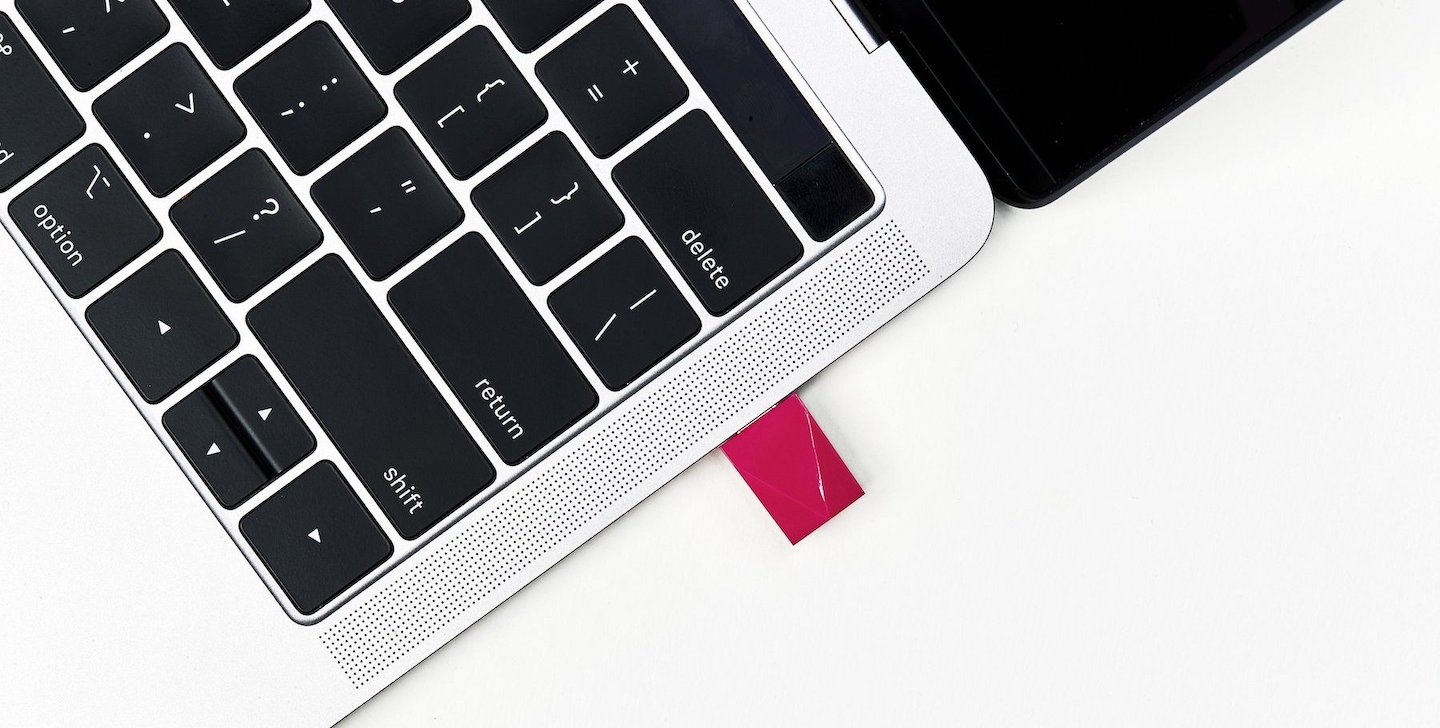
Luna Display fully supports keyboard, trackpad and mouse on both Macs. Company on their website published a step-by-step guide on how to set up the new Mac-to-Mac mode.
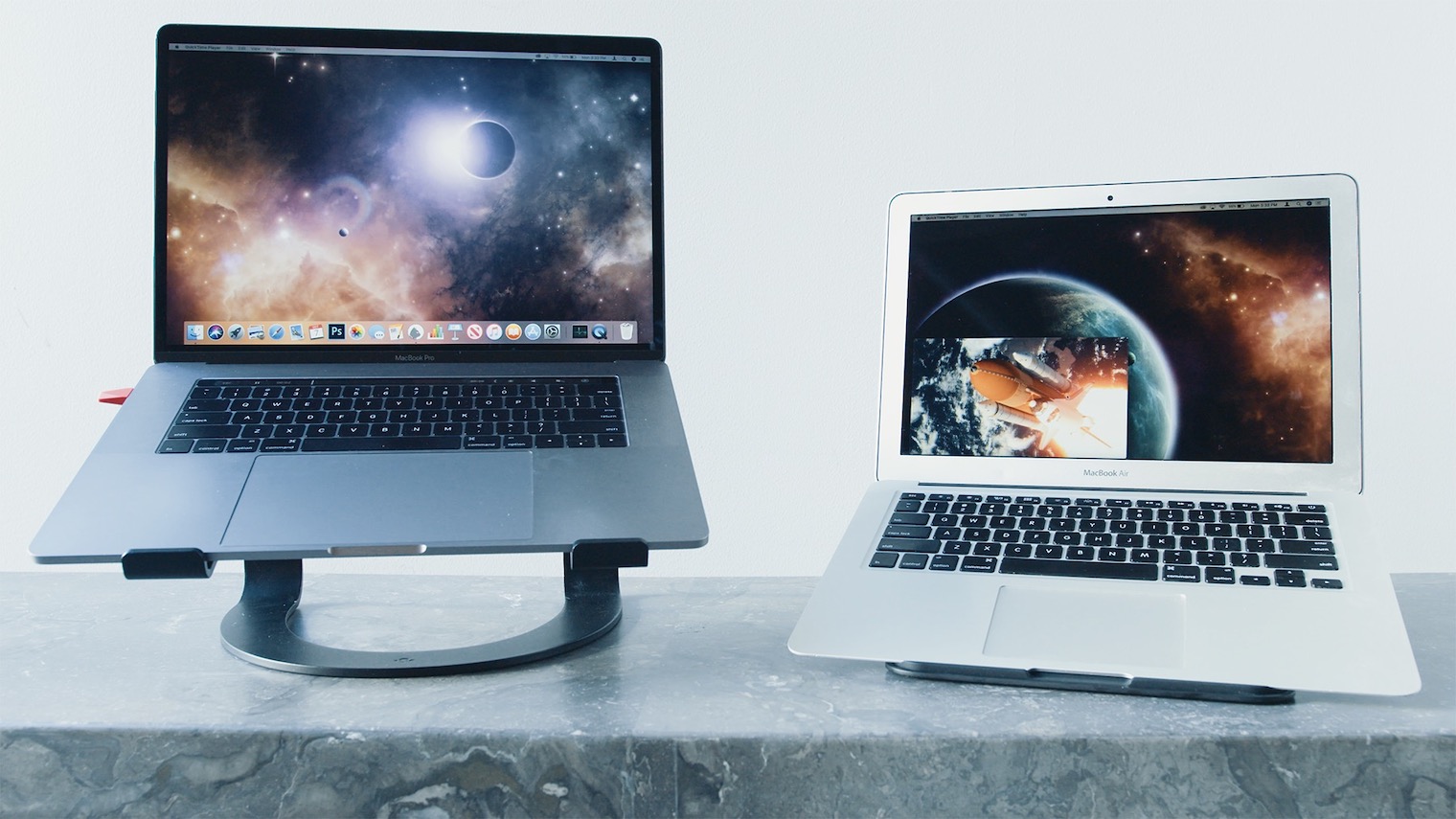
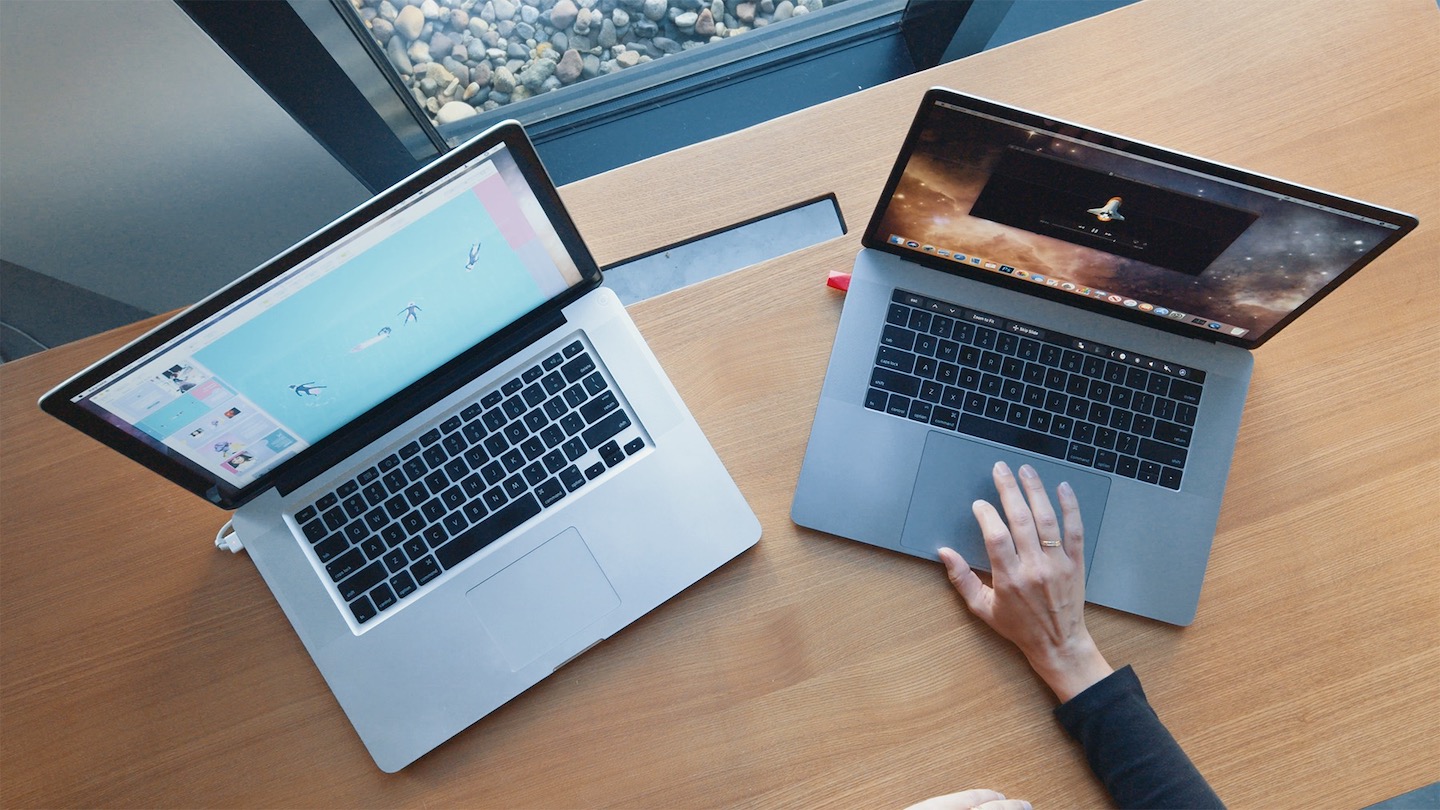
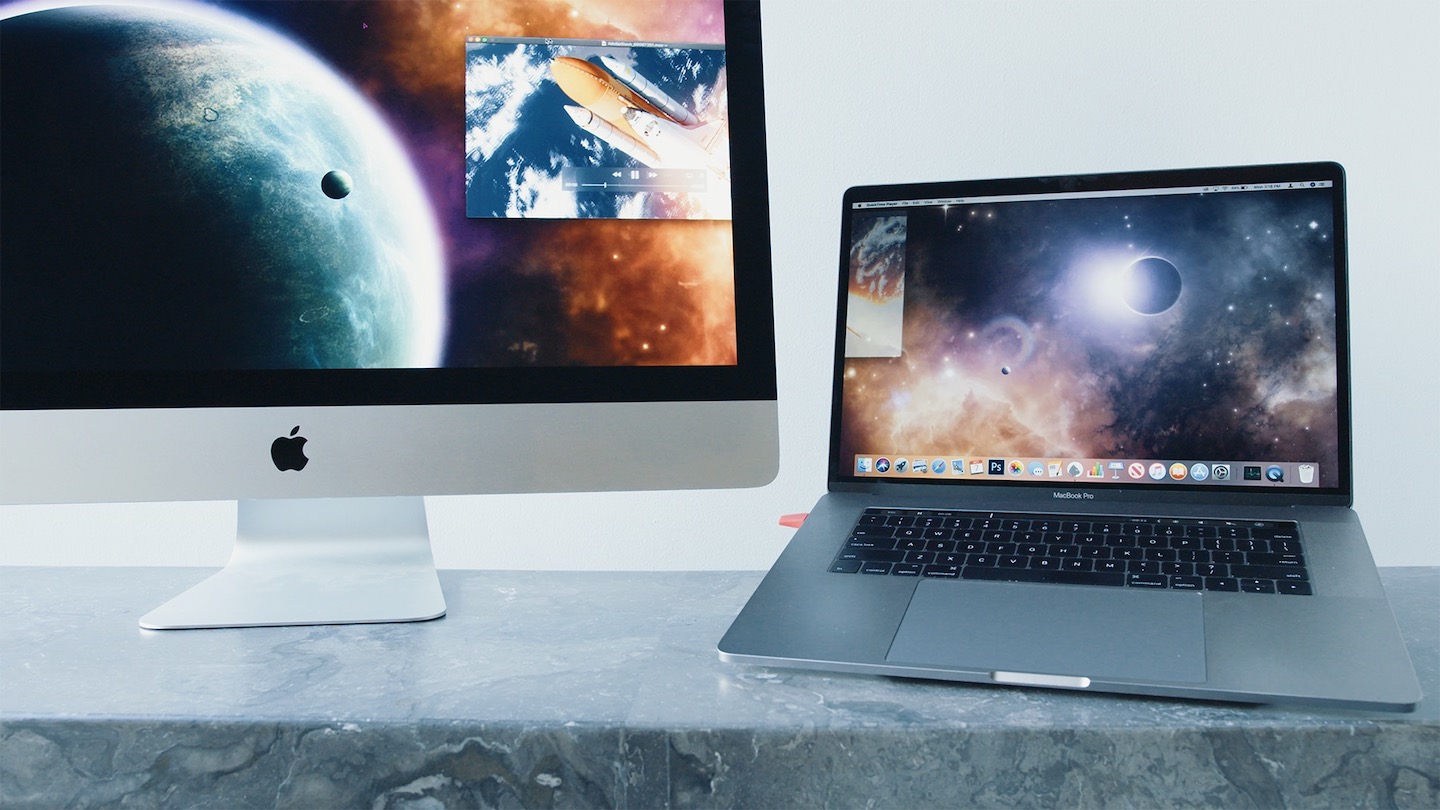
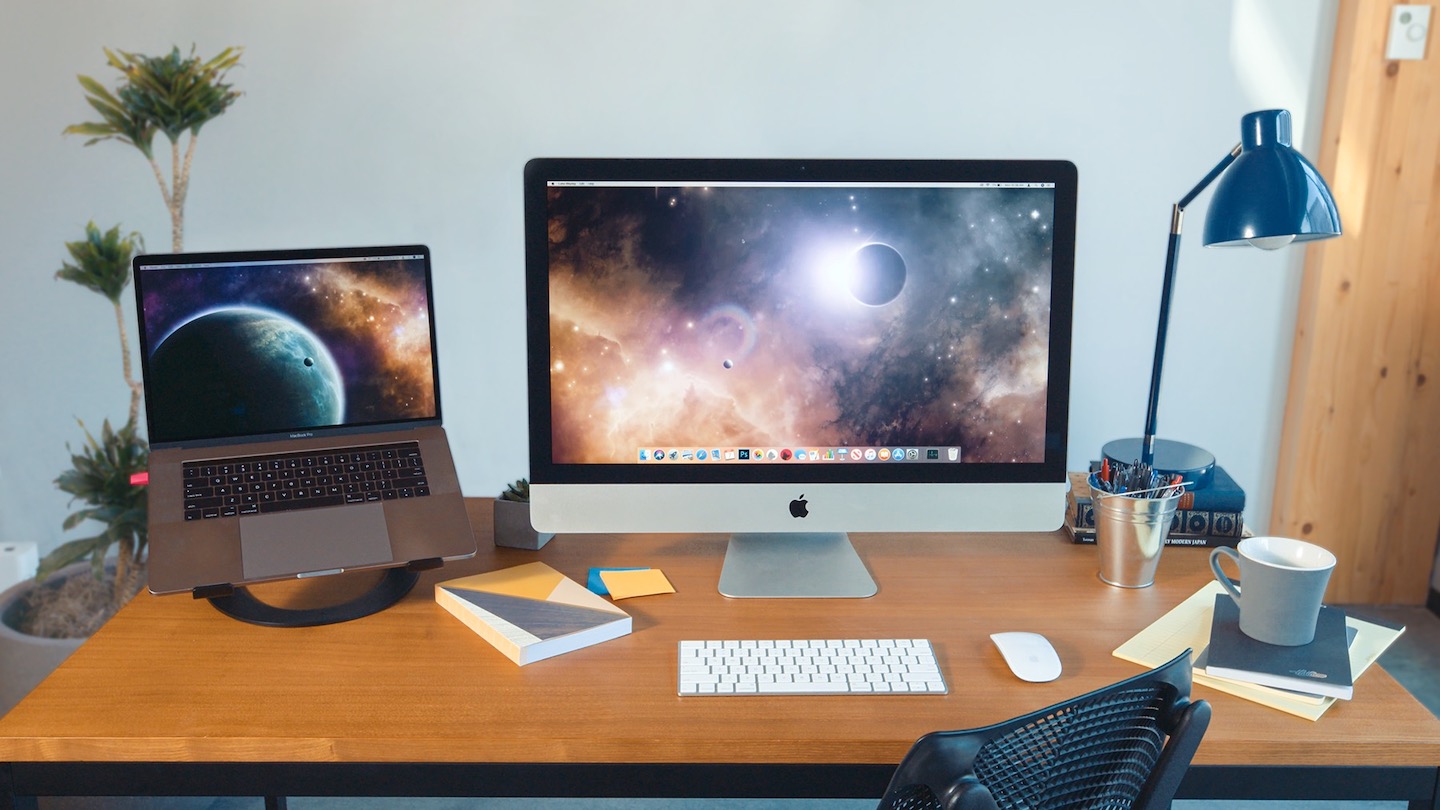
I note that Sidecar only works with really new MacBooks. I have Procko with Retina 2014, the performance is quite good, but it is not supported for Sidecar